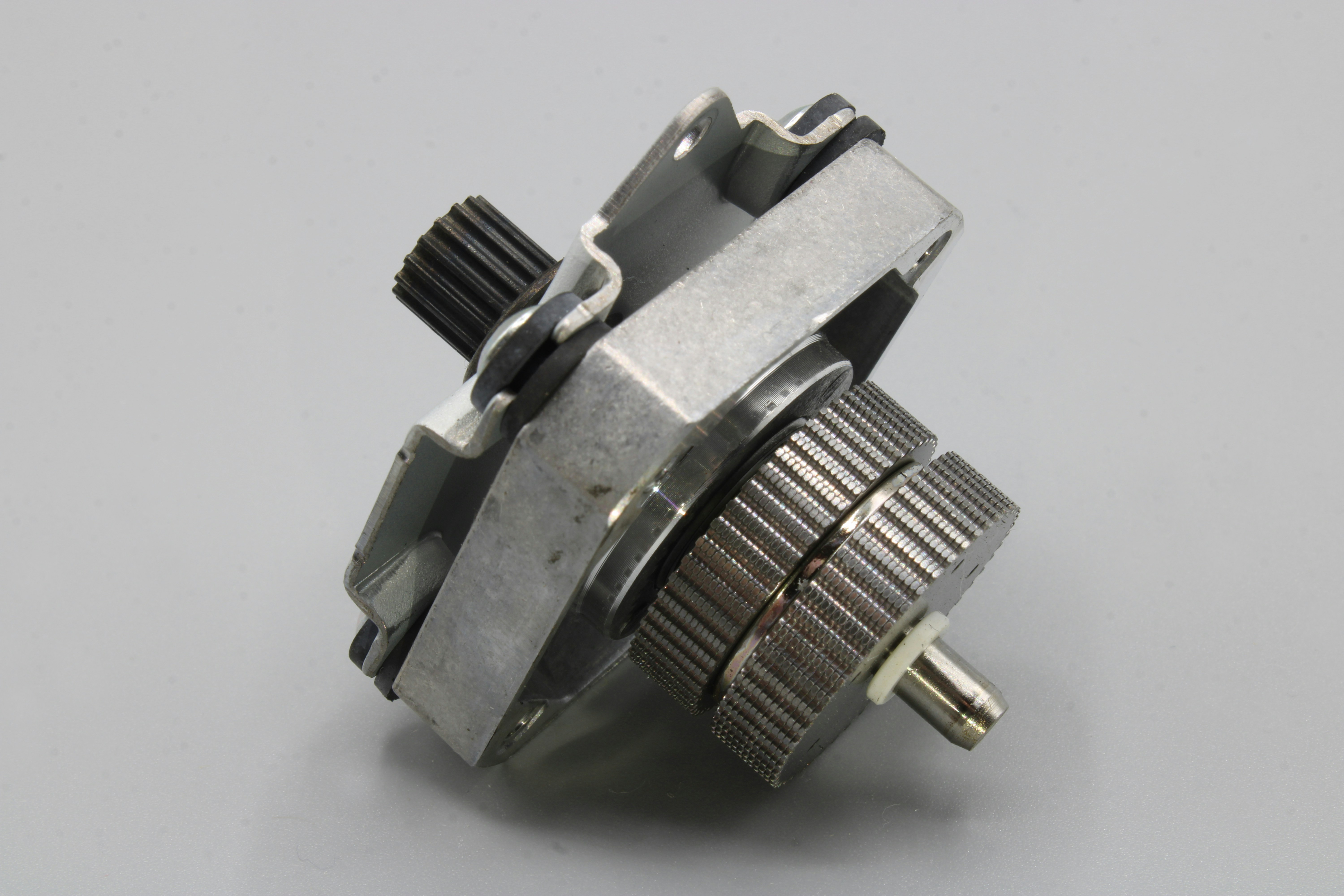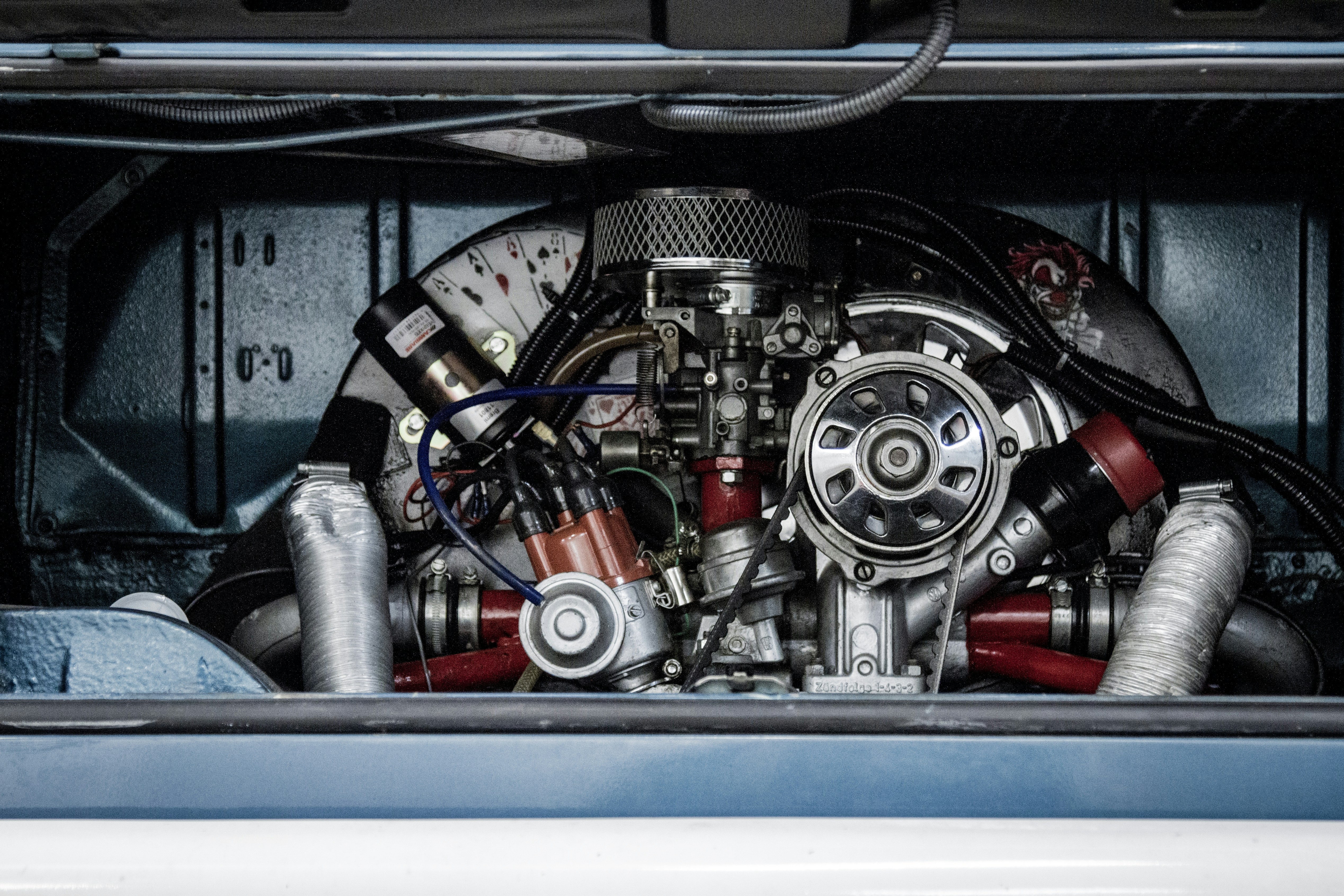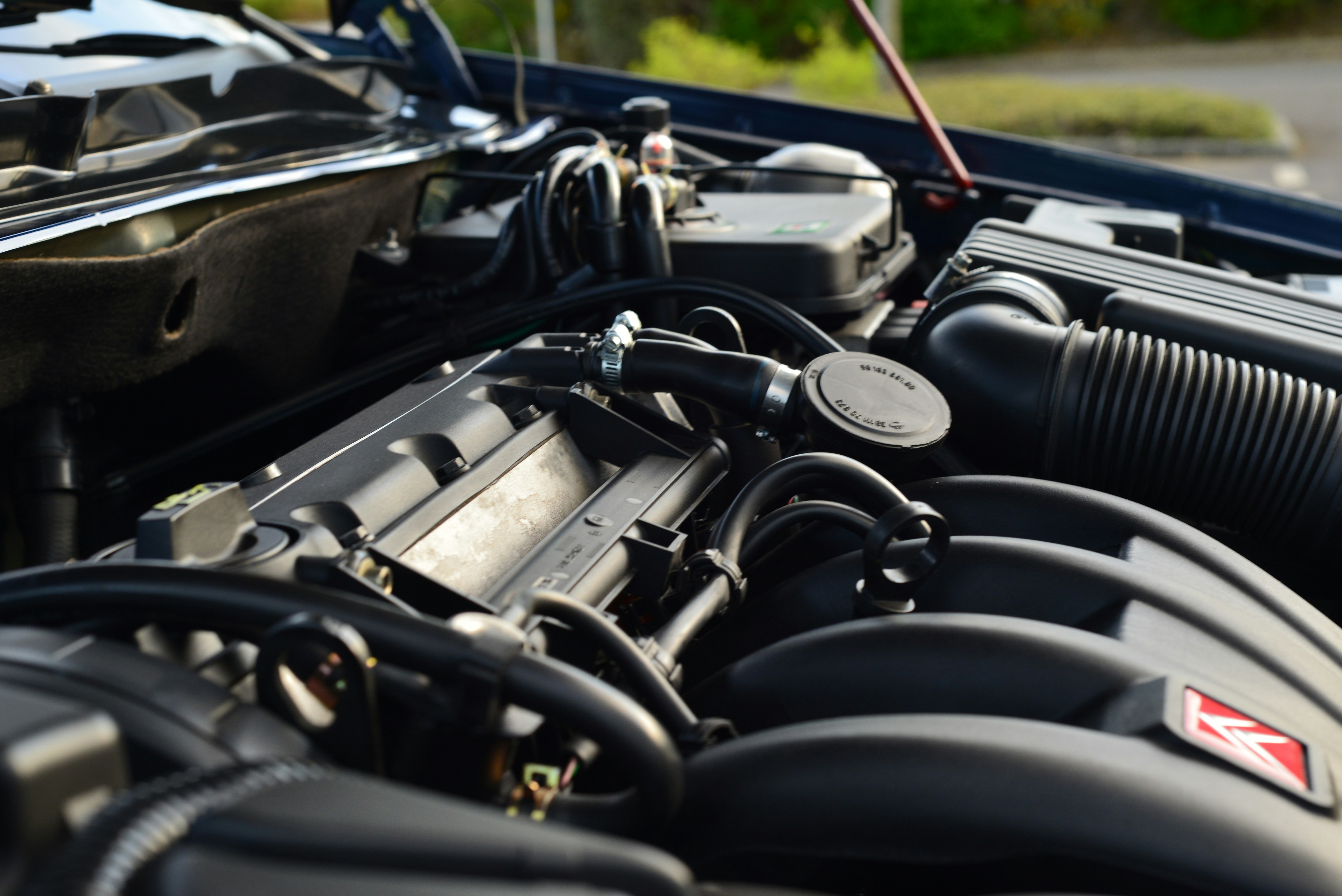Understanding Electric Motor Windings and Their Importance
Electric motor windings are crucial components that create the magnetic field necessary for motor operation. This article covers winding types, materials, and how winding quality affects motor performance.
What Are Motor Windings?
Windings consist of insulated copper or aluminum wire coils wrapped around the stator or rotor. When energized, they generate magnetic fields that interact to produce torque.
Types of Windings
- Stator Windings: Fixed coils on the stator; common in AC motors.
- Rotor Windings: Coils on the rotor; often used in wound-rotor motors.
Winding Configurations
- Lap winding: Used in low voltage, high current motors.
- Wave winding: Used in high voltage, low current motors.
Materials Used
- Copper wire is preferred due to excellent conductivity.
- Aluminum wire is lighter and less costly but less conductive.
Effects of Winding Quality
- Poor insulation can cause shorts and motor failure.
- Precise winding reduces energy losses and vibration.
- Uniform winding prevents uneven magnetic forces.
Maintenance and Testing
- Regular insulation resistance tests (megger).
- Visual inspection for damage or corrosion.
- Cleaning to prevent dust buildup.
Conclusion
Quality windings ensure motor efficiency, longevity, and reliability. Understanding winding types helps in motor design and troubleshooting.


